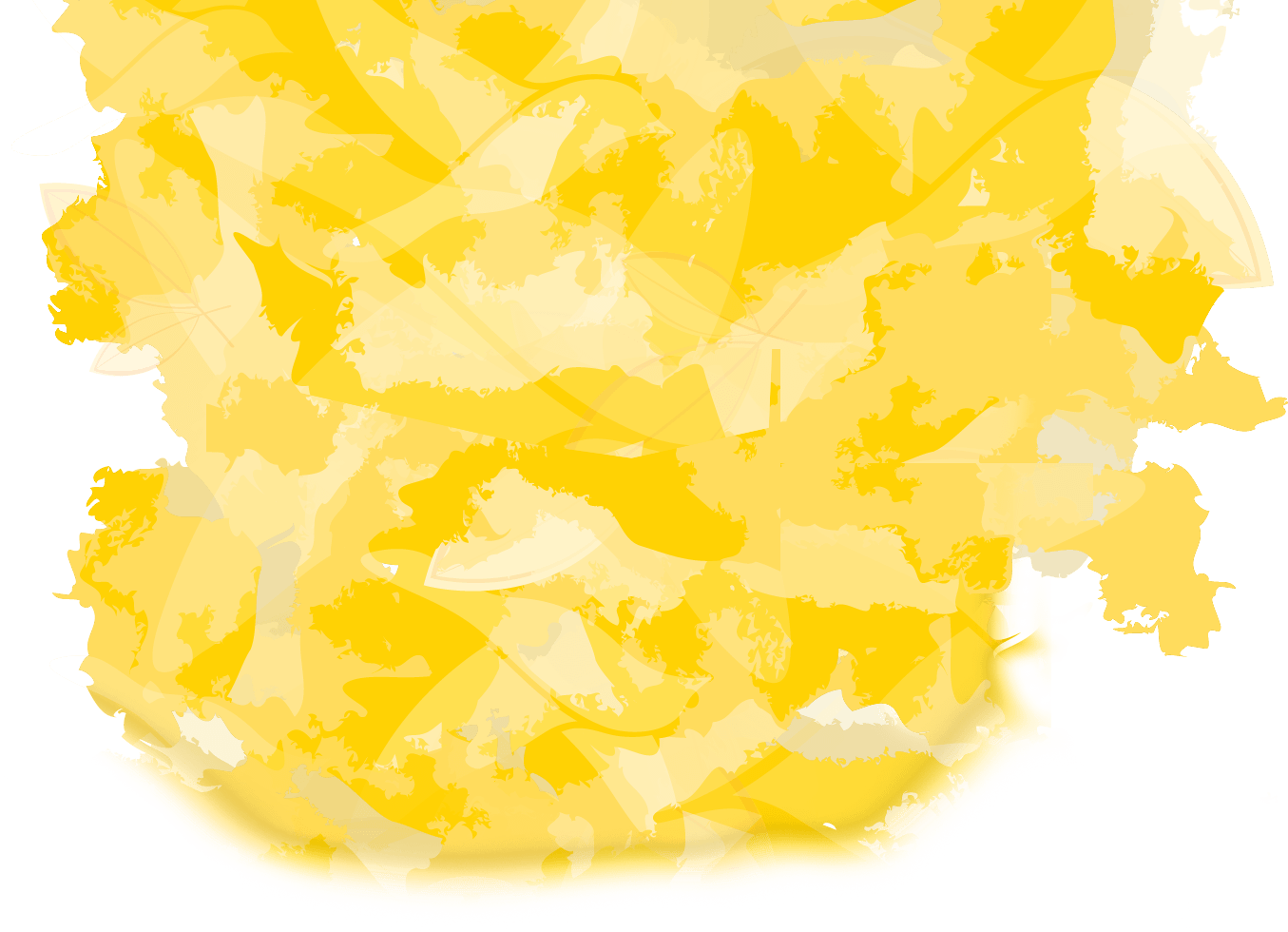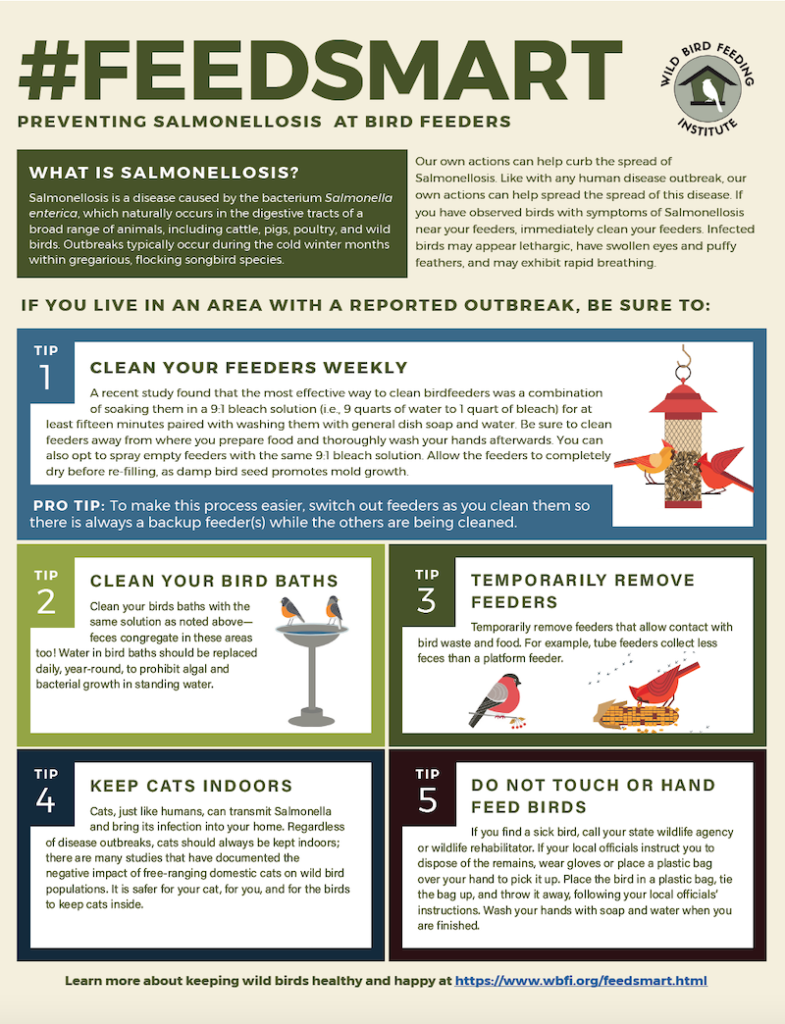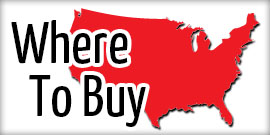Need Help? >> Click Here For Our Interactive Bird Feeding Guide
Feeding the birds can be as simple as placing a feeder full of seed in your yard and waiting for them to find it.
Feeders come in a wide variety of materials and styles. There are hopper feeders, tray feeders, suet feeders, tube feeders and specialty feeders designed to supply bird food to birds.
Things to remember when getting started
If you have not yet been feeding birds in your backyard, it may take from one day to several months before the birds in your area discover your new feeder. Be patient and consider the following:
1. It is important that you use a seed type or seed blend based on the birds in your area.
2. Click here to download the Wild Delight Outdoor Bird Feeding Guide
3. Birds generally find their food by sight. Placing your feeder where it will be visible to them should decrease the time it takes for birds to start feeding.
4. Click here to find out more about different types of feeders.
5. Sometimes sprinkling some seed on the ground or on top of the feeder will let the birds know that you are open for business.
6. Remember to keep your feeders clean and change the seed at least once per month if the birds have not begun eating.
7. Birds tend to choose their food by preference.
8. Join the Wild Delight Frequent Buyer Club now to earn free product!
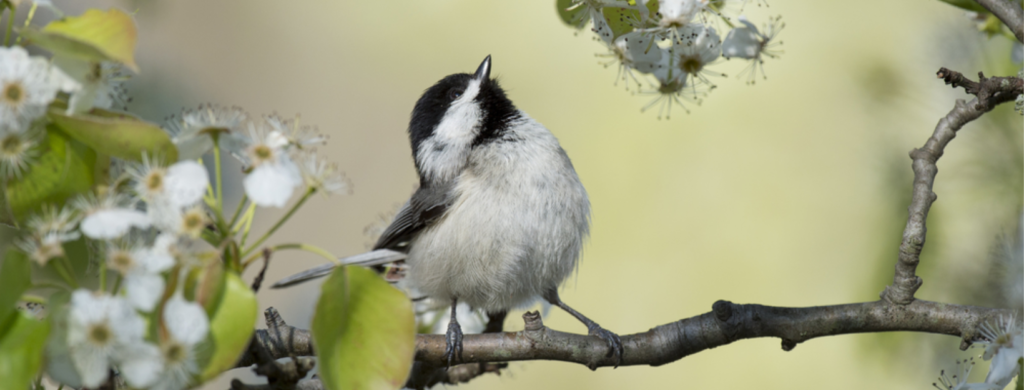
It is good to understand what kind of backyard habitat you have and what birds you might attract depending on the season. There are also situations that exist (squirrels, starlings, sparrows, pigeons etc.) that may increase or decrease the enjoyment you receive from bird watching. Birds may be challenged by problems (house cats and birds of prey) while trying to feed at feeders.
Bird Feeding Habitat Strategy
If birds find a relatively safe habitat with fresh food and water, chances are they will come back – frequently. The best way to attract a variety of birds is by providing the following four elements to create a habitat that will attract them:
Food
Provide different types of bird feeders, offering a variety of foods and placing the bird feeders where birds prefer to feed. Birds that prefer to feed on the ground are referred to as ground-feeding birds. Other birds that like to cling or hang while feeding prefer to feed from elevated feeders.
There are many varieties of specialized bird feeders available, but most fall into three basic categories:
- Ground-feeding trays or platform feeders.
- Elevated feeders such as hopper feeders and tube feeders.
- Suet feeders.
By providing bird feeders that recreate the natural feeding preference of birds, you will attract a greater variety of birds to your backyard throughout the year. You can provide fruit and nectar feeders for nectar eating birds. You can add suet feeders for insect eating birds. Peanut feeders will attract a variety of birds such as titmice, nuthatches and woodpeckers.
Cleaning your bird feeders regularly helps keep your backyard birds healthy.
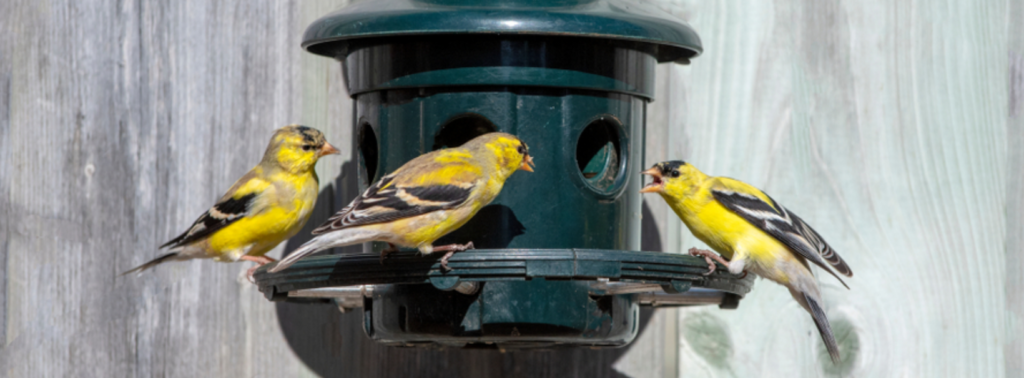
Cleaning Your Feeders
Moldy or decomposing seeds and hulls that accumulate on feeder trays can make birds sick. Bird droppings and other contaminants may also spread infectious bird diseases. Clean your feeders about once every two weeks, more often during times of heavy use or wet weather or if there have been reports of salmonella in your area or you have seen sick birds in your yard. To clean your feeder, take it apart and use a dishwasher on a hot setting or hand wash either with soap and boiling water or with a dilute bleach solution (no more than 1 part bleach to 9 parts water). Rinse thoroughly and allow to dry before refilling.
Clean the ground below your feeders, too, to prevent a build-up of hulls, uneaten seeds, and other waste. Moldy or spoiled food is unhealthy both for birds and for your outside pets. And bird food scattered on the ground can attract unwanted rodents.
Shelter: Birds need protective cover just like people need the shelter of a house. Cover can be provided in many forms such as special plantings, hollow logs, and brush piles. Plants that bear a fruit for food are the best. The ideal bird habitat would include plants ranging in size and density from small evergreen shrubs to tall, full-grown trees. This variety will provide birds a choice for feeding, hiding, courting and nesting.
Water
Water is important for the survival of birds in the summer and the winter. Birds need a dependable year-round water source for drinking and bathing. Water can be supplied in a bird bath, small pool, recirculating waterfall, shallow dish or from a dripping hose.
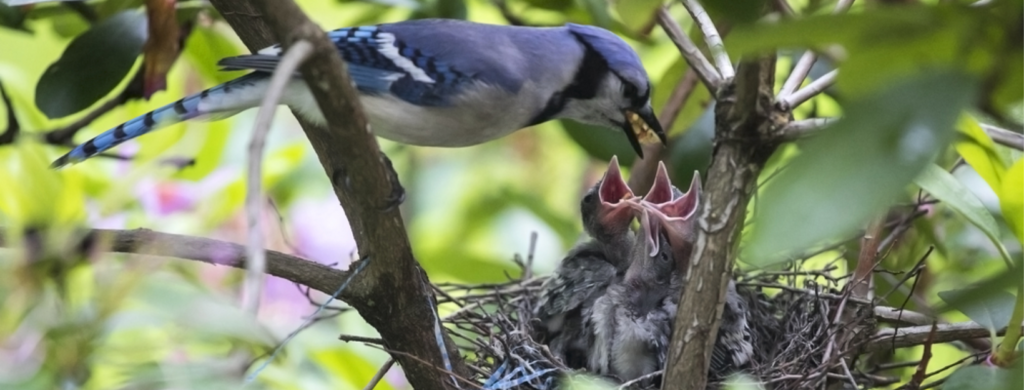
Places To Raise Young
With more and more destruction of the natural habitat, many birds are having trouble finding places to nest. By providing nesting boxes, you will encourage birds to raise their young in your backyard and stay in your area all year. You’ll enjoy watching the family life of birds while providing the badly needed shelter.
Follow us on Facebook to find out more tips and tricks to feeding your outdoor birds!
To find out where to buy your next bag of Wild Delight, check out our Where To Buy page to find a retailer near you!
